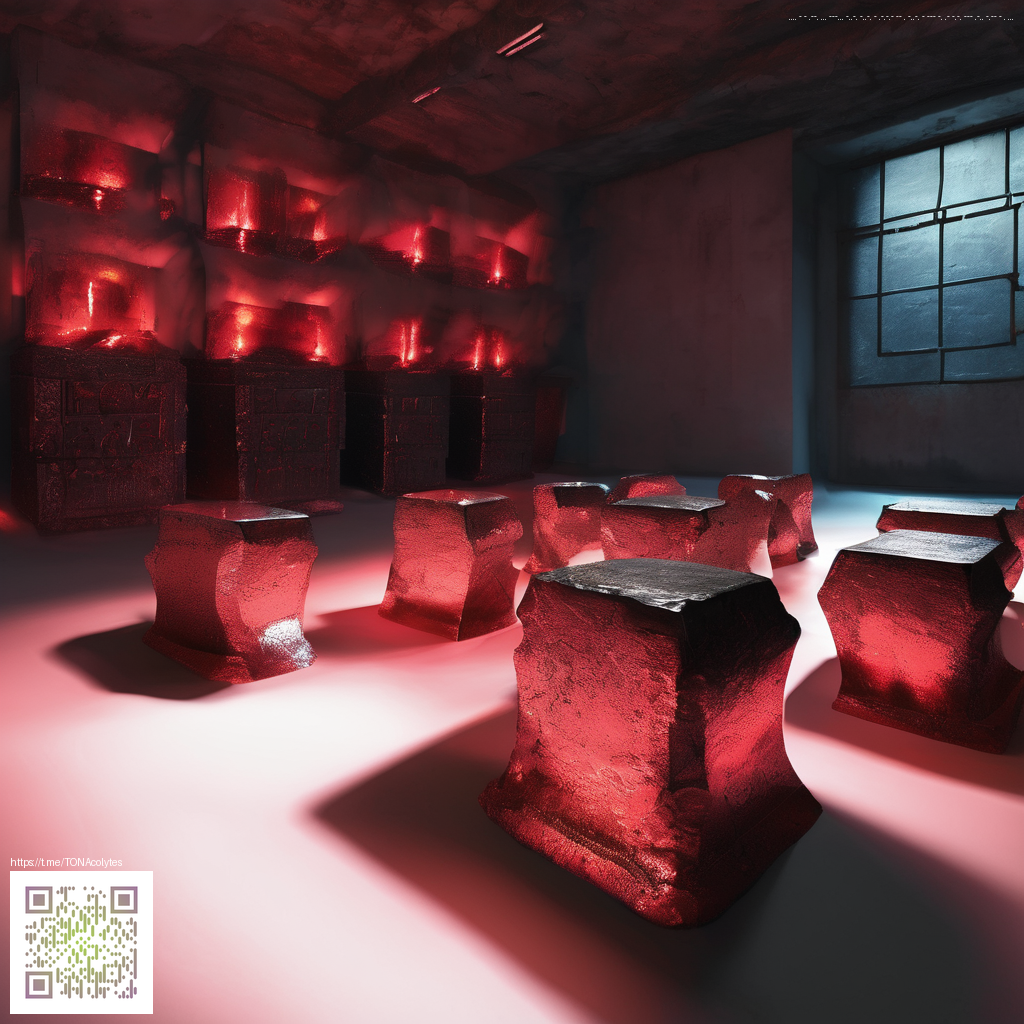
Dynamic quest chains in open world games
Open-world games succeed when players feel like their choices truly matter, not just which marker they chase on a minimap. Dynamic quest chains take this sentiment a step further by weaving quests together in real time, adapting to how you explore, whom you befriend, and which factions you support. The result is a sense of living consequence: your path through the game becomes a unique narrative thread rather than a pre-scripted route. When you hear players describe a world as "shaped by their actions," dynamic chains are often the quiet engine behind that impression.
Dynamic quest chains aren’t just about variety; they give players a tangible sense of consequence as the world reshapes itself around decisions and outcomes.
How these chains emerge
At their core, dynamic quest chains rely on a network of interconnected quest nodes, each capable of reconfiguring itself based on a host of inputs. Event triggers—such as combat outcomes, faction standings, or the discovery of a key artifact—inform a central quest graph about which paths should open, which branches should merge, and which side stories deserve more prominence. State persistence matters: once a decision is made, NPCs remember, markets adjust, and future encounters reflect that history. This is not merely about random variation; it’s about building a coherent, evolving canvas where the world’s rules remain consistent even as outcomes branch in surprising ways.
Key design levers for convincing dynamics
- State-driven branching: Your actions alter available quests and their stakes, creating meaningful divergent outcomes.
- Context-aware NPCs: Dialogue and reactions shift based on prior choices, fostering a sense of personality and memory.
- Temporal pacing: Some chains unfold over days or in response to in-game cycles, rewarding patience and vigilance.
- Persistent consequences: Factions, economies, or geography can shift as chains complete or fail, reshaping future options.
- Coherence and debugging: Designers must guard against soft locks and ensure that branching remains solvable and thematically aligned.
Player experience: agency, immersion, and pacing
With dynamic chains, players feel empowered to write their own story within a shared world. The risk, however, is confusion or a sense of drift if systems overwhelm with too many options or too few signposts. The strongest implementations strike a balance: visible echoes of past choices, clear but not prescriptive goals, and optional arcs that let players chase deeper lore or broader world-state changes. In practice, this means players can stumble into a chain that begins with a routine fetch, only to discover it mutates into a sprawling alliance-building arc as their reputation with key factions climbs. The result is an open world that respects player intention while rewarding curiosity and experimentation.
For readers who want a tangible reminder of this balance in a real-world context, investing in a comfortable desk setup can indirectly support longer play sessions. A reliable neoprene mouse pad—like the Neoprene Mouse Pad Round or Rectangular One-Sided Print—helps maintain precision during any exploration or combat, ensuring you stay immersed without added fatigue. If you’re exploring this topic further, you can also browse related material on a broader page here: https://diamond-static.zero-static.xyz/bede3626.html.
In design terms, dynamic quest chains are a test of your world’s internal logic and your narrative voice. The system must be flexible enough to accommodate players who sprint toward one faction’s priorities while still offering coherent outcomes for players who favor stealth, diplomacy, or brute force. When done well, the bonds between quests feel organic—like threads tugging at a larger tapestry rather than separate, stitched-together missions.